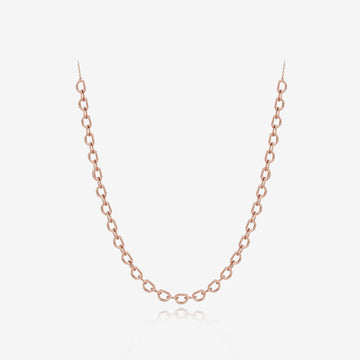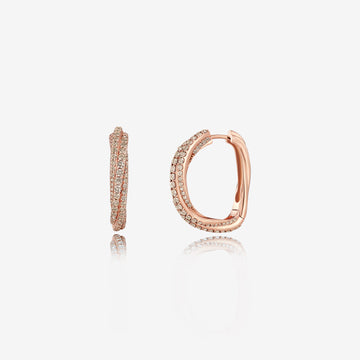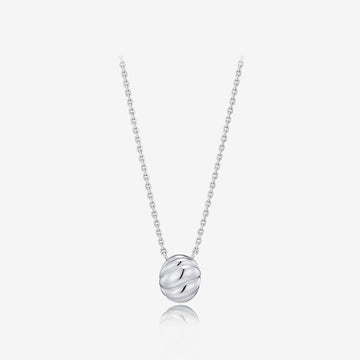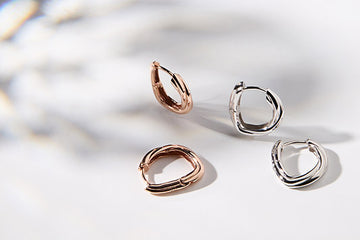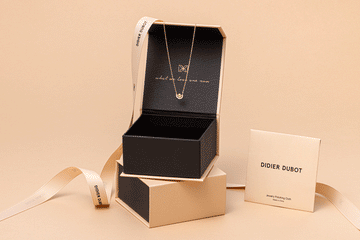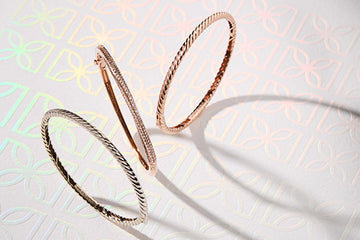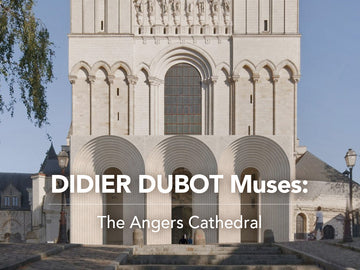Behind every design lies a source of inspiration. Be it a person, a place, or an object, our muses fuel our creativity and imagination when it comes to designing a new collection.
Drawing inspiration from the grand arches in French gothic architecture, you’ll find an abundance of elegant curves and timeless silhouettes within the new Dual D.D collection. There’s one structure in particular that captivated us during the design process: the Cathédrale Saint-Maurice d'Angers, located in the Pays de la Loire region in the northwest of France. This cathedral boasts a lavish west facade, large collection of medieval tapestries, along with a lavish west facade and a stunning array of stained-glass, and one of Europe’s important tapestry collections. Learn more about the fascinating history behind our source of inspiration below!
The History Of The Angers Cathedral
The Cathédrale Saint-Maurice d'Angers, also known as the Angers Cathedral, has been enchanting visitors with its breathtaking design since the 12th century. It was originally built to replace an earlier church that had been destroyed during the Norman invasions. The cathedral's impressive gothic architecture reflects the dominant style of the time, with its towering arches and intricate stone carvings.

One of the most striking features of the Angers Cathedral is its tapestry series. The collection of 90 panels were created from the 15th to 18th centuries, depicting various scenes from biblical texts. They are considered masterpieces of medieval art, and some are only displayed during special religious holidays.
Today, the Angers Cathedral remains an important symbol of the city's history and heritage. One could easily spend hours in the cathedral admiring the various pieces of art, from the stained-glass windows to the detailed tapestries.
Kengo Kuma’s Contemporary Touch
What recently drew our attention to the cathedral was its 2021 renovation project led by Japanese architecture firm Kengo Kuma & Associates. An eye-catching combination of modern sophistication and gothic splendor, the west facade was enhanced with bold, sculptural archivolts.

Created using fine stone processes, Kengo Kuma strove to “put themselves in the shoes” of the cathedral’s original medieval builders. Their stonework technique freed intervention between the thick walls of the original cathedral and the new structure, while preserving the history of the architecture.
The project has been hailed as a pièce de resistance of contemporary architecture, with Kengo Kuma drawing on the cathedral's existing forms and materials to create a seamless integration of old and new.
Who Is Kengo Kuma?
Founded by architect Kengo Kuma in 1990, the renowned architecture firm has gained international recognition for its innovative and sustainable designs.
Kuma's approach to architecture is deeply rooted in his belief that buildings should be in harmony with their surroundings while reflecting the local culture and environment. He is known for his use of natural materials and traditional building techniques.
The firm has completed a wide range of projects around the world, from cultural institutions and public spaces to private residences and commercial developments. Some of its most notable projects include the V&A Dundee museum in Scotland, the Tokyo 2020 National Stadium, and the Odunpazari Modern Museum in Turkey.
Kuma and his team have won numerous awards and honors for their work, including the Order of Arts and Letters from the French government and the Architectural Institute of Japan Award. They continue to push the boundaries of architecture and design, exploring new possibilities for creating sustainable, beautiful, and functional buildings.
Embody The Grandeur Of French Gothic Architecture With Dual D.D
The Porte D styles of our new Dual D.D collection take inspiration from the curved archways designed by Kengo Kuma for the Angers cathedral. The letter 'D' in the collection's name is cleverly transformed into a curved doorway, creating a distinctive silhouette. These pieces are versatile and can be worn in various ways - either on their own to convey a subtle and refined look, or combined with other linked styles to create a striking yet harmonious stack.
Writer: Maria Polansky

